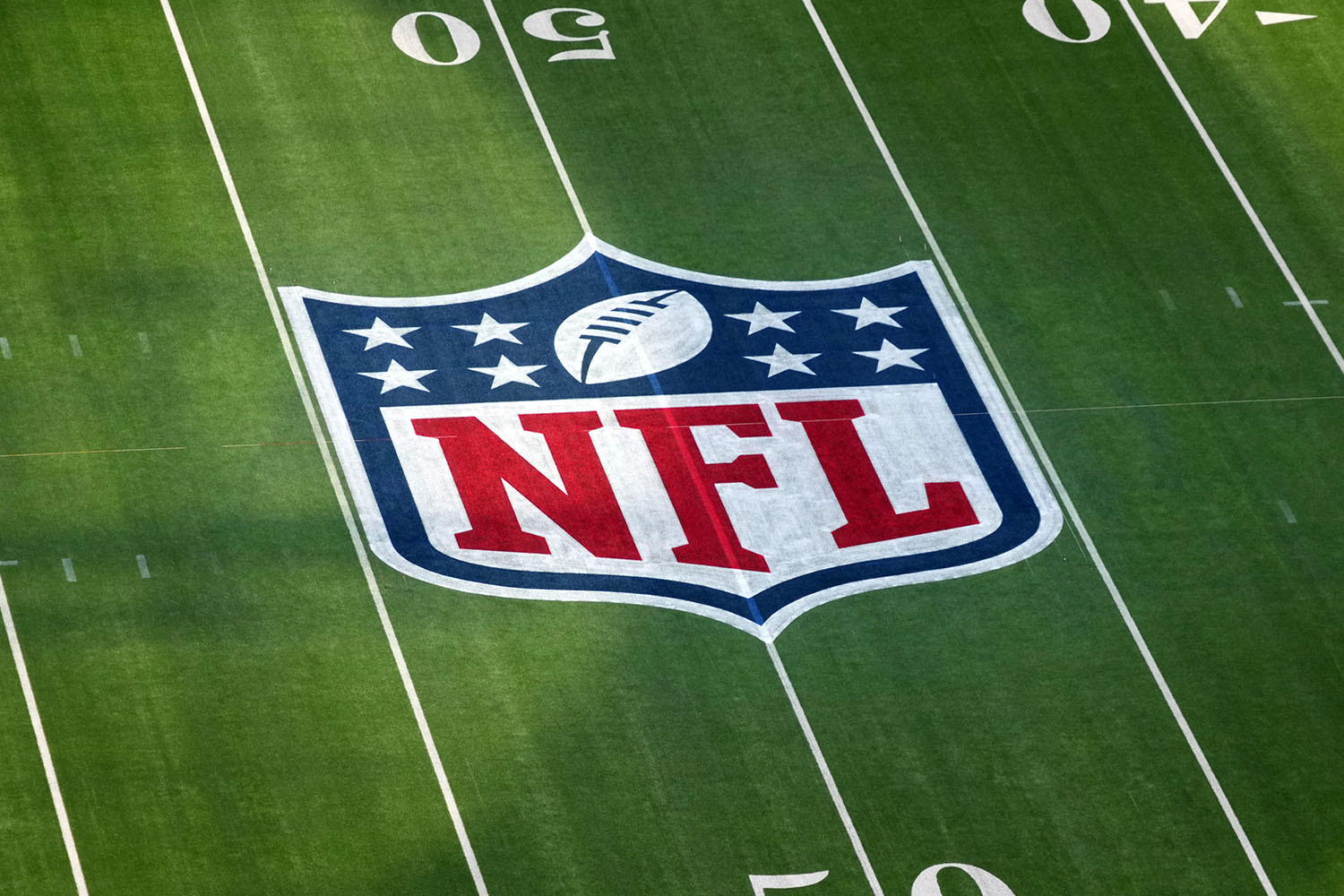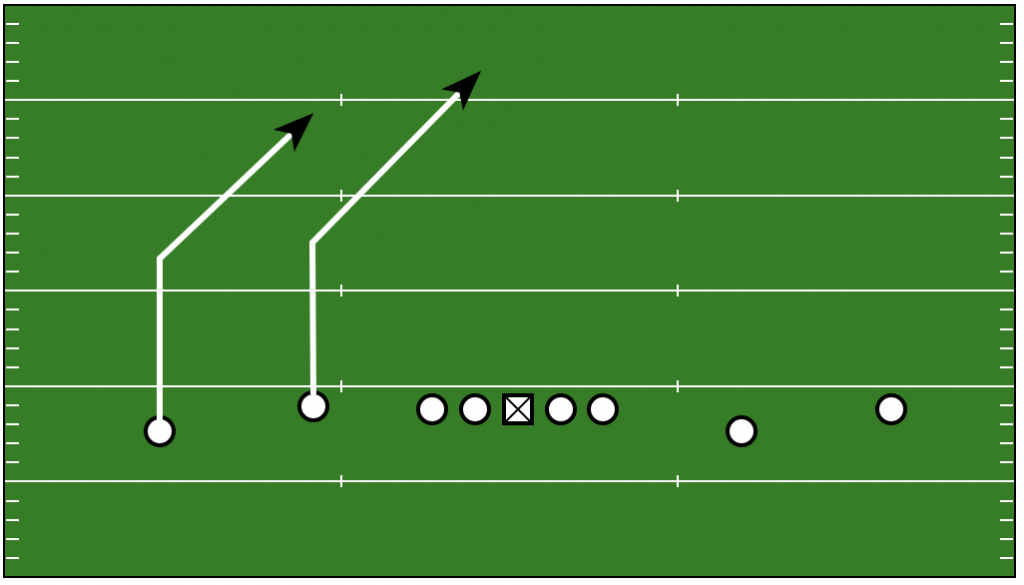What are the Top 5 Passing Routes in Football?
The receiver must follow a certain pattern or route for every play. The receiver should run both in the direction and the distance specified by the route. The fact that the quarterback anticipates where the receiver will run gives the offense a throwing edge over the defense. In this manner, the quarterback can deliver the pass to the intended recipient before they arrive.
Success in the passing game depends on timing and practice between the quarterback and the receiver.

The football route tree was developed by Coach Don Coryell in the 1960s, and he introduced it to the NFL in the 1970s as a means of streamlining passing ideas and speedily calling plays for wide receivers.
ALSO READ: BREAKING: Apple Close to Completing the NFL Sunday Tickets Rights for Around $3 Billion
5 Football passing routes
Out Route:
The Out Route is described as a rapid assault on the field’s “Flats” region. The term “Flats” often refers to anything shorter than 10 yards and outside the hashes. Scouts swoon over a quarterback’s arm power and accuracy when he can throw this route. Because many defenses must choose how to cover both deep and shallow routes out wide, it is frequently utilized in conjunction with other passing football routes from the outside.
Dig Route:
All West Coast and Air Raid Offenses use dig football routes as a fundamental component. The dig, often referred to as the “in” or the “square in,” is similar to the out except that the receiver cuts to the middle of the field as opposed to the sideline. For large, powerful receivers, the dig is an excellent route.
Slant Route:
The slant play has been a mainstay in West Coast systems, although it can be utilized everywhere. The receiver sprints five to seven yards before making a short 45-degree cut across the field’s middle. By altering the angles of the break and the depth or number of steps before breaking off inside, there are also several kinds of slant routes that may be employed.
Post Route:
For lengthy pass plays, post routes are employed. The receiver sprints 10 to 15 yards straight downfield before cutting in at an angle toward the goal posts when running a post route. A long, gorgeous pass play that looks fantastic on highlights and makes everyone happy happens when everything goes as planned.
Speed Out Route:
We see how each throw starts to become deeper as we climb the football route tree. However, it’s also a wonderful development that improves your receivers’ understanding of their depths. The fact that it initially appears to be a deep path is what makes it successful. Everything is meant to resemble a 9 route for a solid 5 yards (or around 5 steps). Given that it is a timing and a spot approach, this is the ideal route to throw against any coverage.
More NFL news:
-
REPORT: NFL Still Short of $14 Billion Than the 2027 Target Revenue Goal
-
NFL 2022: Predicting Playoff Bracket and Super Bowl 2023 Winner
Follow our NFL page for more key NFL updates and news


